A guide for beginners to perfectly stock up an Indian spice box with essential spices for everyday cooking.
Estimated reading time: 6 minutes
What is Masala Box?
An Indian spice box, or “masala dabba,” is a culinary staple in Indian kitchens, holding the foundational spices that give Indian dishes their unique colour and taste. This round, often stainless steel container usually has small compartments to hold essential spices
Every region, household, and even individual cook has slight variations in their essential spices, but certain staples are ubiquitous.
Here is a spice box guide to help you learn about essential Indian spices and their uses in detail.
Turmeric Powder (Haldi)
- Flavour Profile: Warm, earthy, and slightly bitter
- Culinary Use: Turmeric is known for lending its signature yellow hue to dishes like dal and curry.
Red Chili Powder (Lal Mirch)
- Flavour Profile: Hot, spicy, with varying levels depending on the type of chilli used to make the powder.
- Culinary Use: Chilli powder adds heat and a vibrant red colour to dishes. It’s used in everything from Indian curries and lentils to vegetable stir-fries.
Coriander Powder (Dhania Powder)
- Flavour Profile: Mildly citrusy and earthy
- Uses: Ground Coriander is a staple in curries and spice blends, contributing a mild flavour that balances stronger spices.
Cumin Seeds (Jeera)
- Flavour Profile: Warm, earthy, with a slightly nutty taste
- Uses: Cumin seeds are often toasted in hot oil for tempering (tadka). They’re used in lentils, curries, and raita. Ground Cumin (powder) is also a commonly used spice in Indian cooking.
Black Mustard Seeds (Rai)
- Flavour Profile: Slightly pungent, sharp, and tangy when fried.
- Uses: These small, black seeds are often added to hot oil to release their flavour. Mustard seeds are common in South Indian cooking like sambar, rasam, lemon rice etc.
Dried Red Chillies (Sookhi Lal Mirch)
- Flavour Profile: The main feature of dried red chillies is their heat, which can vary widely depending on the variety. Indian varieties like Kashmiri or Byadgi chillies are milder and add gentle warmth, while others like Guntur and Mathania can be quite hot.
- Uses: Dried red chillies are commonly used in tempering Indian dishes like Kadhi, Toor Dal, Curd Rice etc. When fried in oil or ghee along with mustard seeds, cumin, and other spices, they release their flavour and infuse the oil, which is poured over dals, curries, and vegetable dishes.
Split White Urad
- Flavour Profile: Nutty with a subtle sweet aroma
- Uses: Added sparingly in tempering South Indian dishes like coconut chutney, coconut rice, upma and so on. Urad Dal needs to be fried in oil/ghee to get the crunchiness.
Garam Masala
- Flavour Profile: Aromatic, warm, and slightly sweet with a complex flavour
- Ingredients: Garam masala is a blend of spices, mainly including cloves, cinnamon, cardamom, cumin, coriander, pepper, and other whole spices.
- Uses: It is one of the most common seasonings for Indian dishes. Often added at the end of cooking, garam masala enhances the aroma and flavour of the dish. It’s a versatile spice mix used in curries, rice dishes, kebabs, and even in marinades.
Additional Spices for Everyday Indian Cooking
- Cinnamon (Dalchini) is added to infuse the oil or in spice blends like garam masala, chai masala, and so on.
- Green Cardamom (Elaichi) is a sweet and aromatic spice added to Indian desserts, biryani, meat dishes, curries, and to make other spice blends.
- Black Peppercorns (Kali Mirch) are black gold from South India. It imparts intense aroma, depth, and heat to foods.
- Cloves (Laung) lend a slightly sharp taste and aroma to Indian dishes. It is often used to make a variety of spice mixes.
- Fenugreek Seeds (Methi dana) are small yellow seeds with a bitter taste often added to tadka.
- Bay Leaves (Tej Patta) are used to infuse the oil while cooking.
- Star Anise (Phool Chakra) is famed for its distinct dried flower-like shape, sweet aroma, and delicious savoury taste.
- Coriander Seeds (Sabut Dhaniya) are mainly added to spice blends.
Frequently Asked Questions
It is best to store smaller quantities in the masala spice box. The remaining spices you can store in airtight glass or steel bottles. I would not recommend using plastic bottles for storing spices.
Although spices do not go bad, over a period of time they lose their flavour or aroma. Ground spices lose their flavour more quickly than whole spices. So it is a good idea to get whole spices in larger quantities and then make ground spices or spice blends in smaller amounts.
The best place to keep your spices is in a pantry or kitchen cabinet that maintains a room temperature and is protected from direct sunlight, moisture or humidity.
follow us on Youtube and Instagram for video recipes.

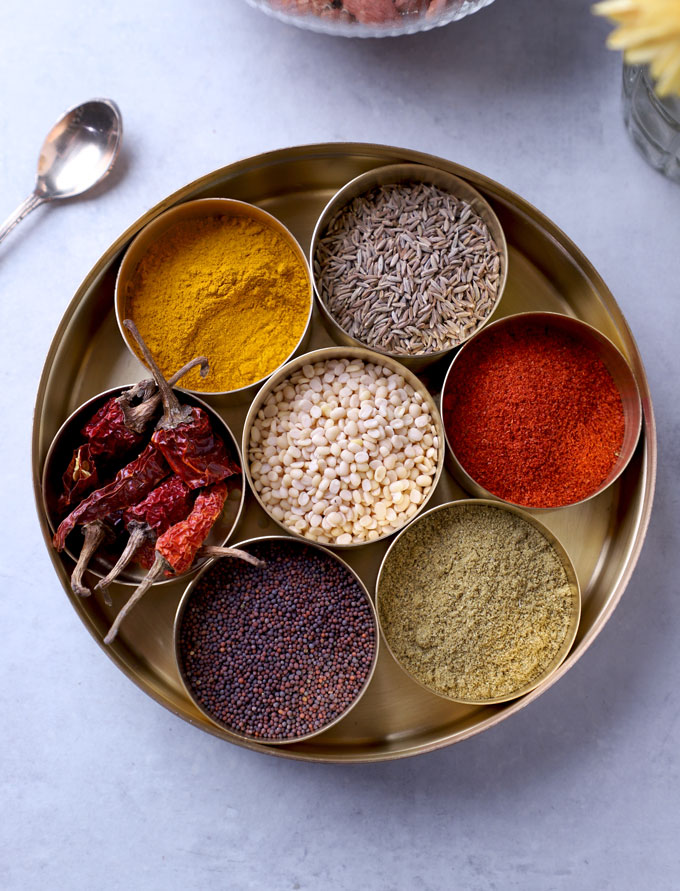
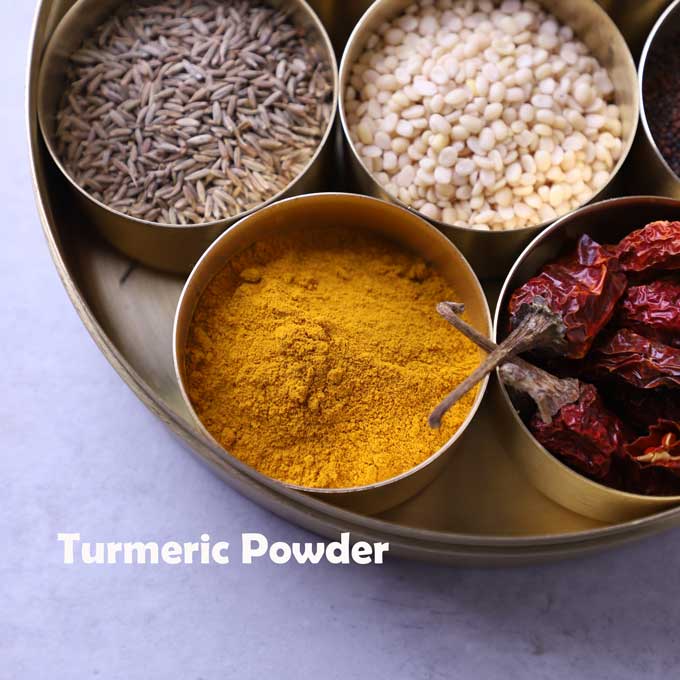
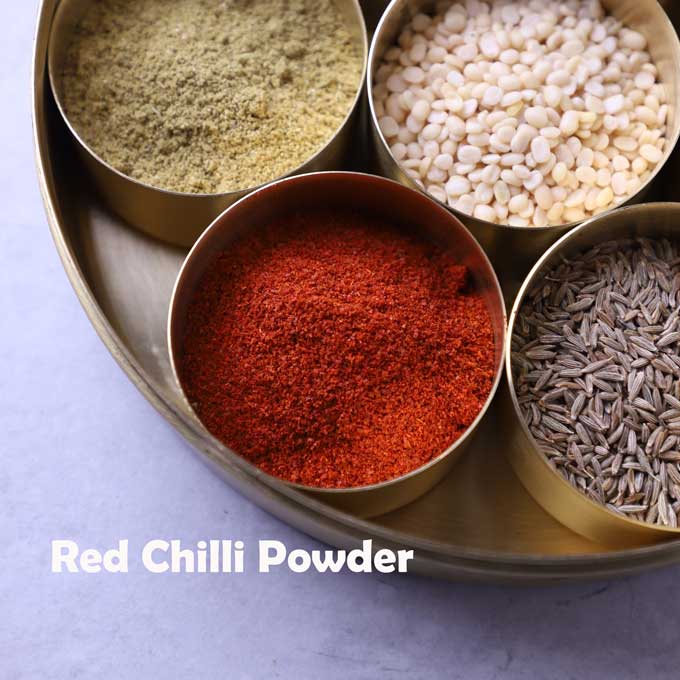
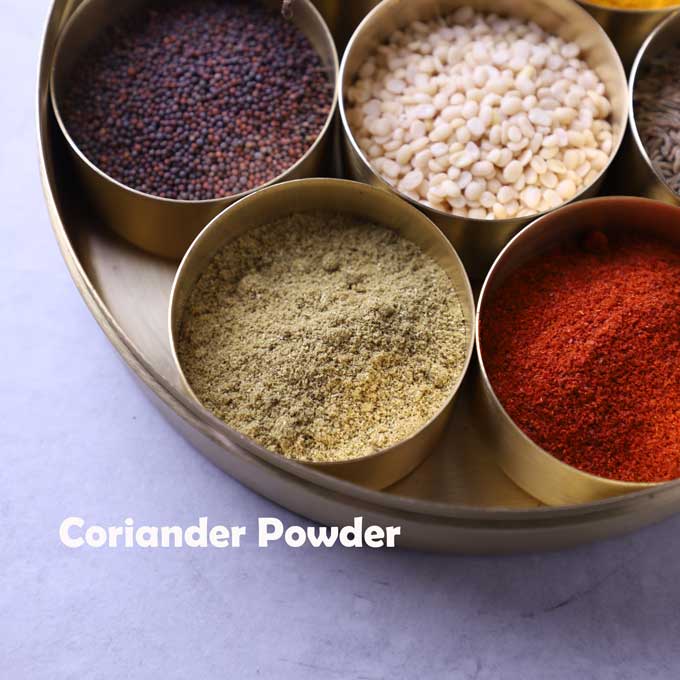
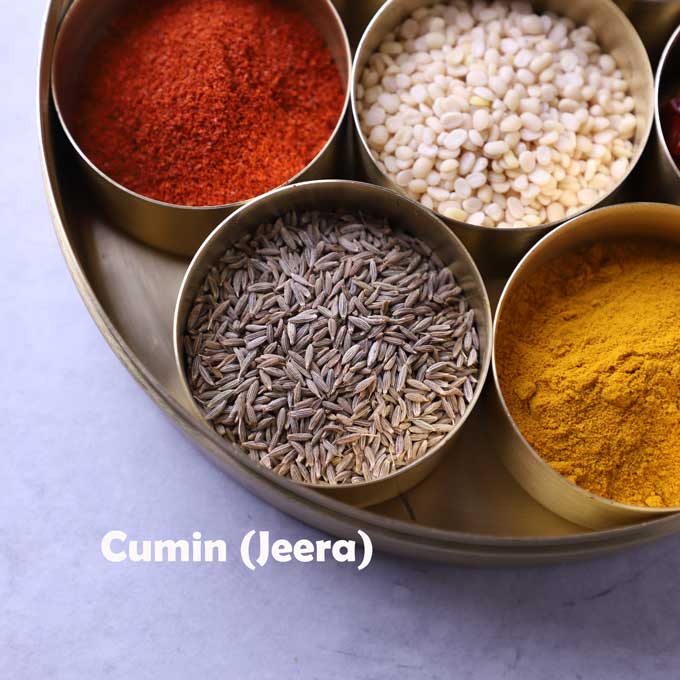
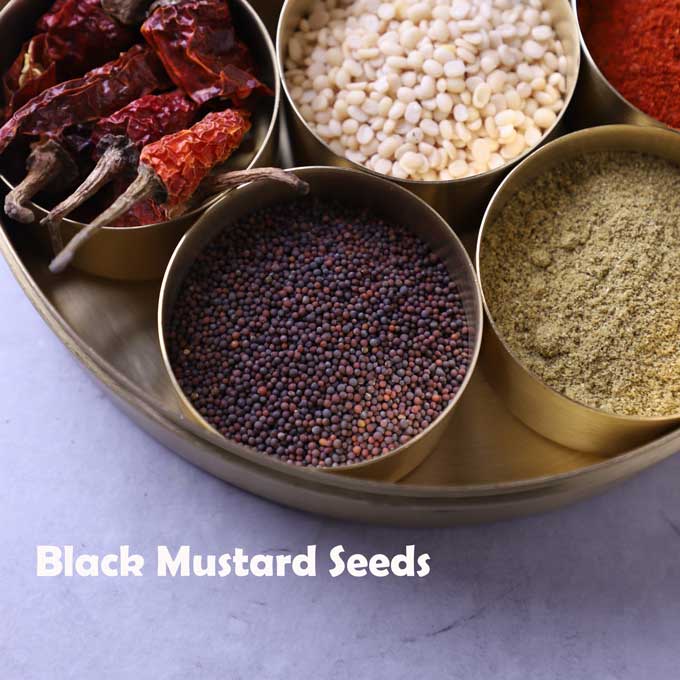
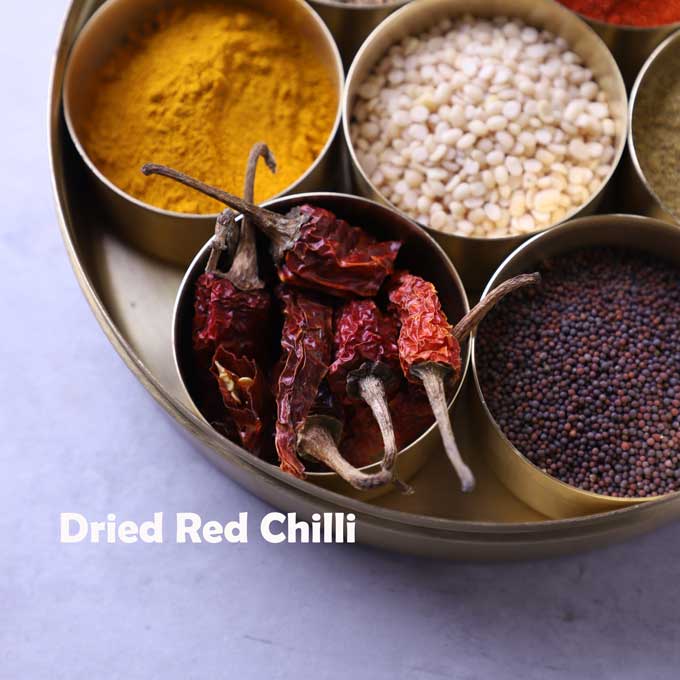
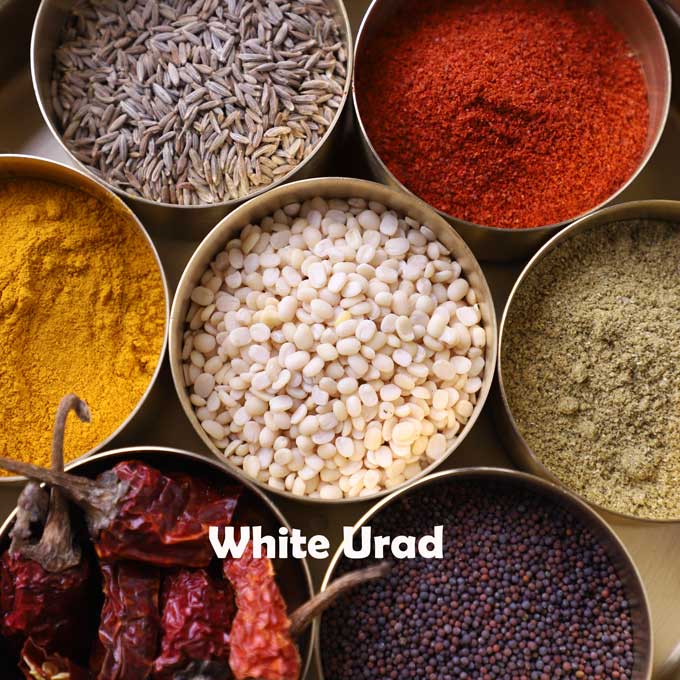
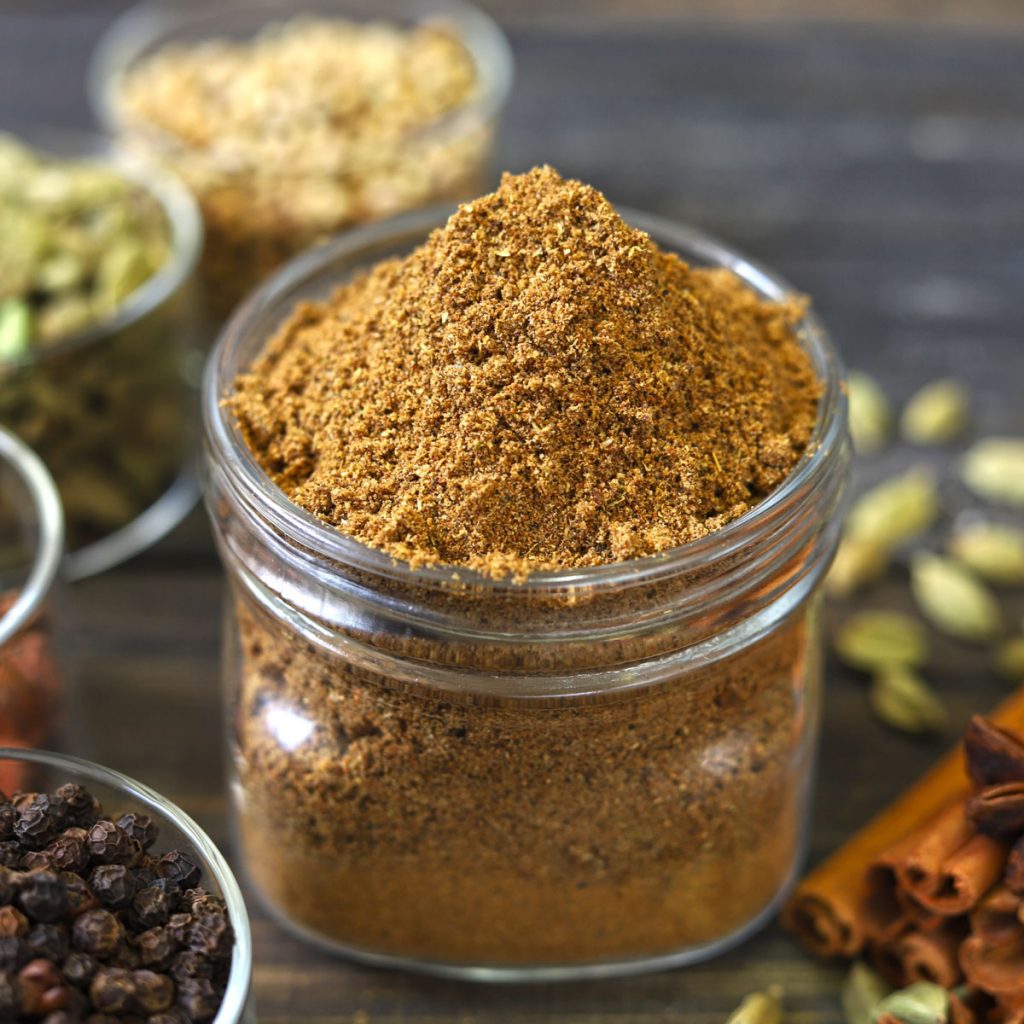
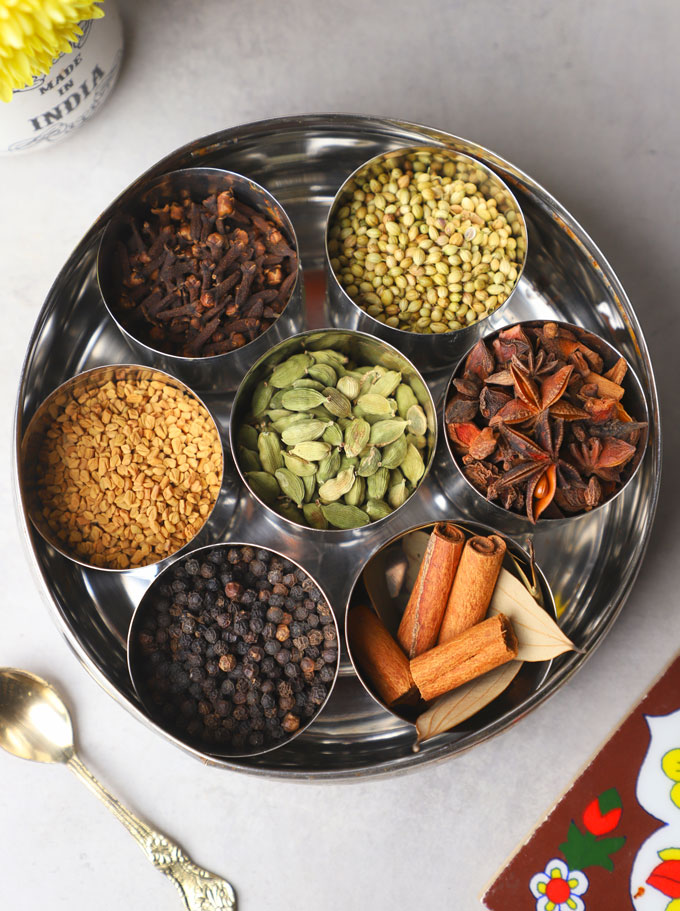
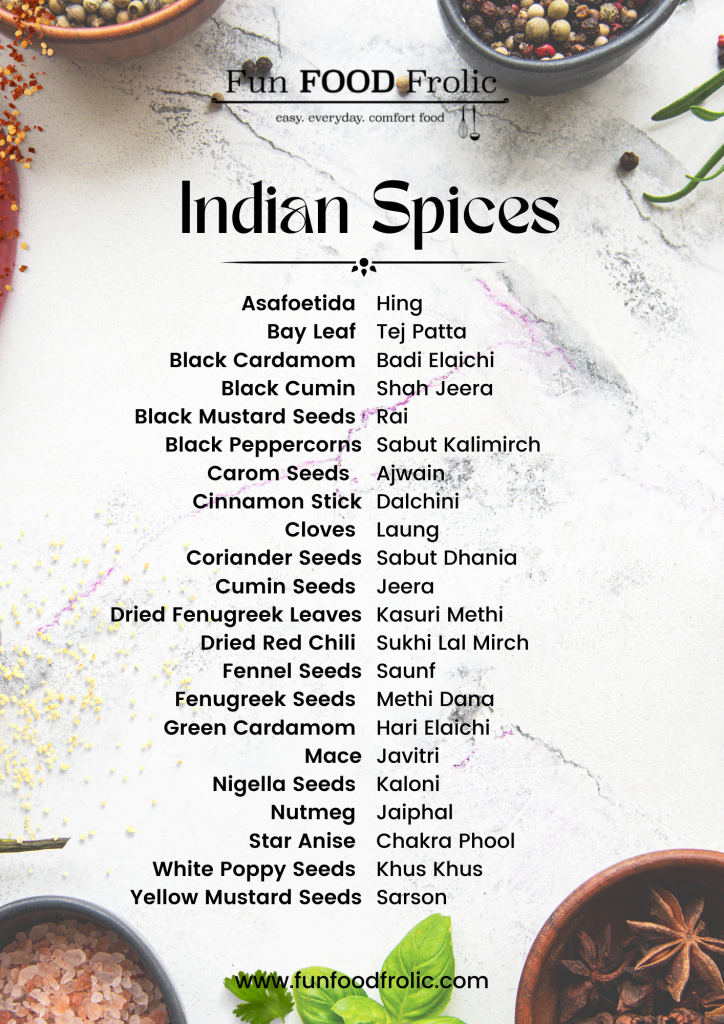
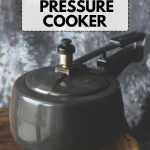
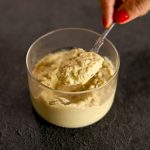
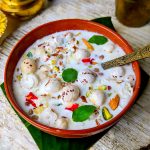
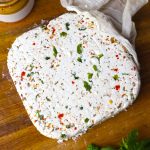
sunil deepak says
Your images are so beautiful!
Kokila Gupta says
EGJAKTLY ! first I like the aroma of spices specially the whole chilly chounk very much and then your bright, colourful and aromatic images… heeng ka chounk 🙂 Loved this post .Happy cooking/blogging, Love Kokila.
Swarnam John says
The photos are stunning!
Mukesh Kumar says
Spices pictures are so beautiful. I love spices.
http://www.fazlani.com/
rawtherspices says
Your blog are impressive to each other.I read your blog its very good and friendly, Help ful for all.
Red Chilli Exporter
Anshul Kumar says
How beautiful are the images you have posted….
Dinu says
Vijay masala is one of the experienced food manufacturing company in India who exports masalas and spices to other countries.
Kaushik says
Interesting and nice Blog. Nice and beautiful pictures.
click here says
Interesting and nice Blog. Nice and beautiful pictures.